The new generation of Meizu PRO 6 will reduce the screen size to 5.2 inches, GPU performance is reduced, memory bandwidth is reduced, flash memory size is reduced, battery capacity is reduced. At first glance, it is a PRO 5mini specification, named after PRO 6 Not true.
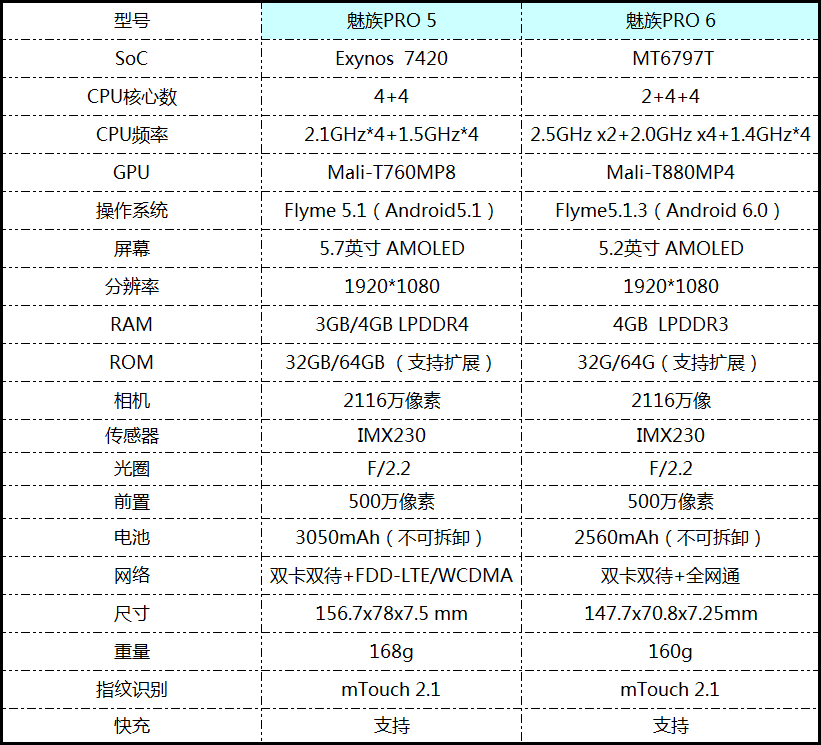
In terms of specifications, PRO 6 uses MediaTek MT6797T SoC, CPU is 10 core, 2A72+4A53+4A53, memory is 4GB LPDDR3 933MHz, memory bandwidth is 14.9GB/S, flash memory type is eMMC 5.1, camera sensor is still the same as PRO 5. Is Sony IMX230 21.16 million pixels, F/2.2 aperture, unit pixel is 1.12μm, battery capacity is 2560mAh, supports dual card dual standby + full Netcom, supports MTK PE standard (5 ~ 12V/2A ~ 3A), with positive fingerprint Recognition, there are 3D Press features, use USB Type-C interface (supports USB 3.1), but in terms of audio, PRO 6 only uses the Cirrus Logic decoding amp integrated chip, and the previous generation of PRO 5 is an independent DAC (ES9018K2M ), Independent op amp chip (OPA1612) and 4 pairs of NXP current triodes. In terms of audio, PRO 6 and PRO 5 are not in one dimension.
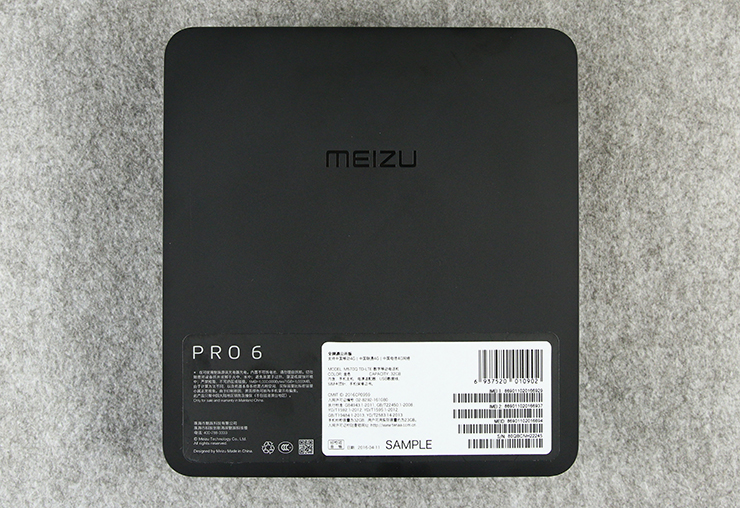

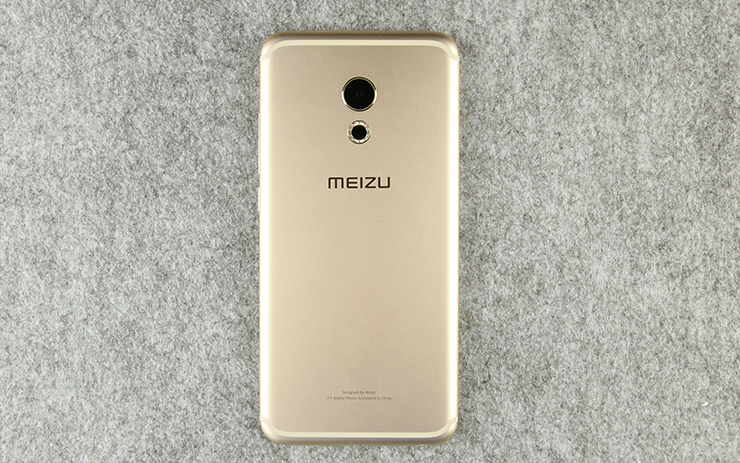
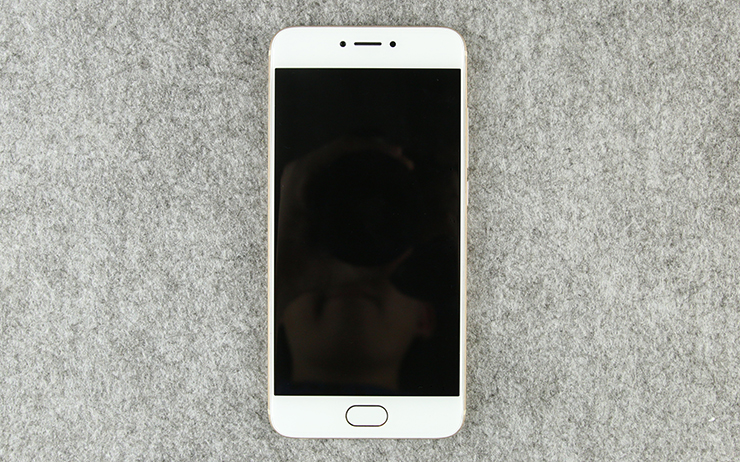



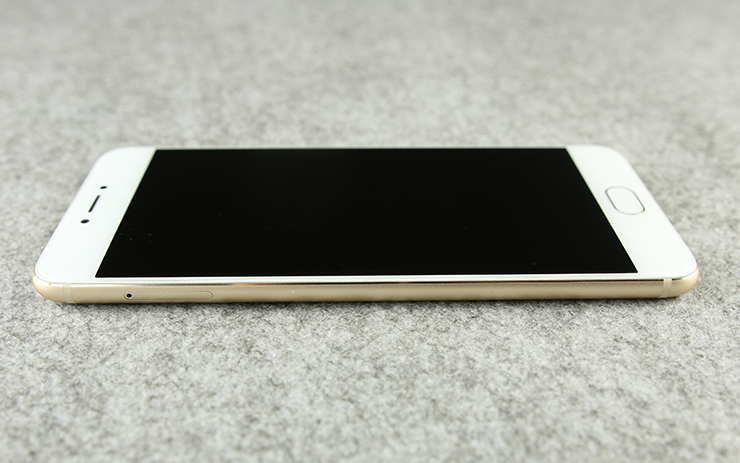
The PRO 6 uses an all-metal 3D sandblasting process. The overall design is similar to that of the PRO 5 and is a type of metal wrapped middle frame. However, the PRO 6 does not have the two recessed metal partition strips on the back of the PRO 5 and was replaced with the iPhone. 6 Similar antenna design, the front part of the screen is also over-treated.
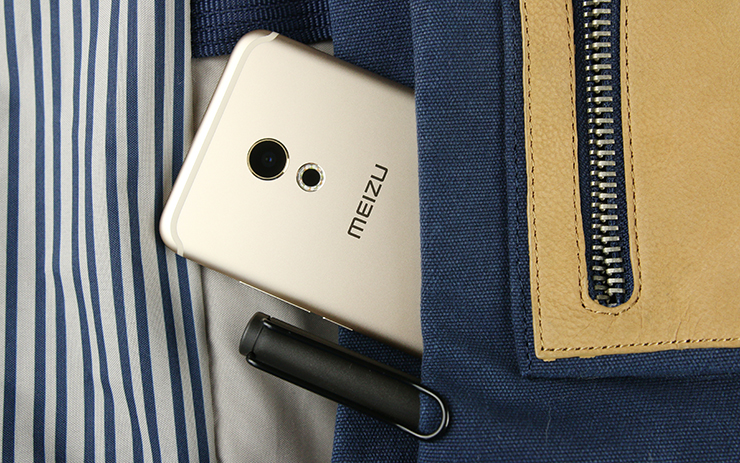

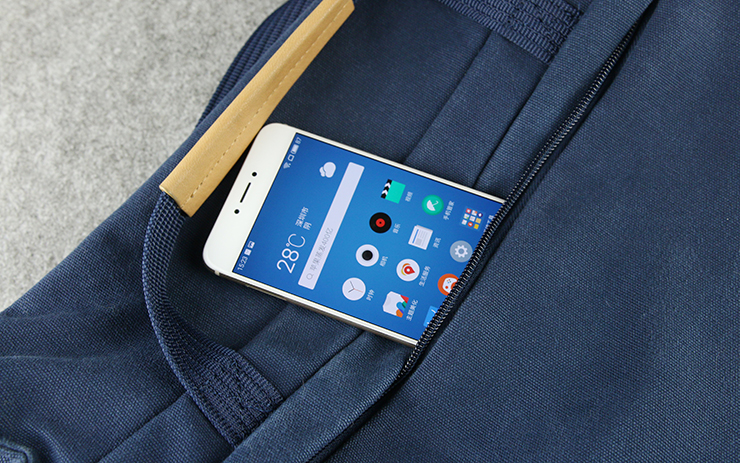


With a screen size of only 5.2 inches, the PRO 6's measurements are much smaller than the PRO 5, and there is no cut-off design. The overall grip feels better than the PRO 5.
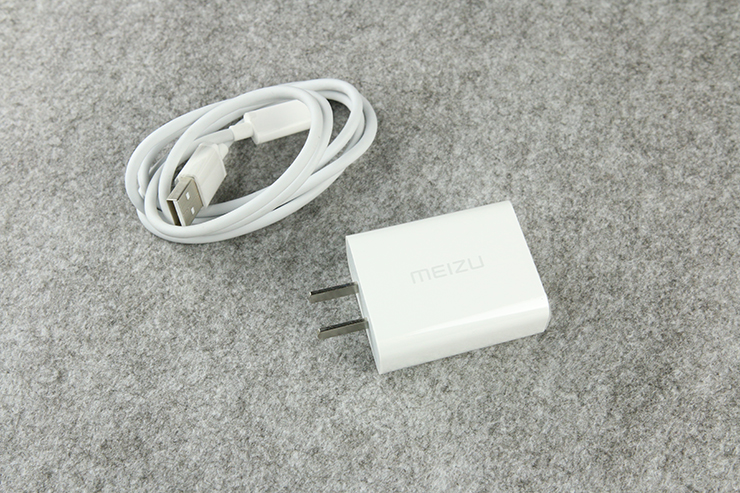
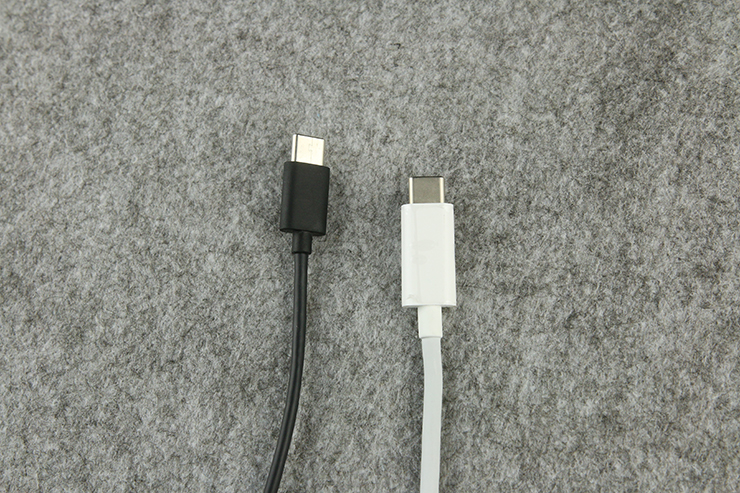
Meizu PRO 6's charging head specifications are very violent, while supporting Qualcomm fast charge, PD fast charge, almost most of the fast-charged mobile phones on the market can use this charging head of the Meizu PRO 6 fast charge, it marked fast charge specifications For 12V/2A, 5V/3A, 8V/3A, and PRO 6 original USB Type-C data cable is the most solid material we have seen in all mobile phone wiring, the whole wire is very thick, and not easy to scroll.
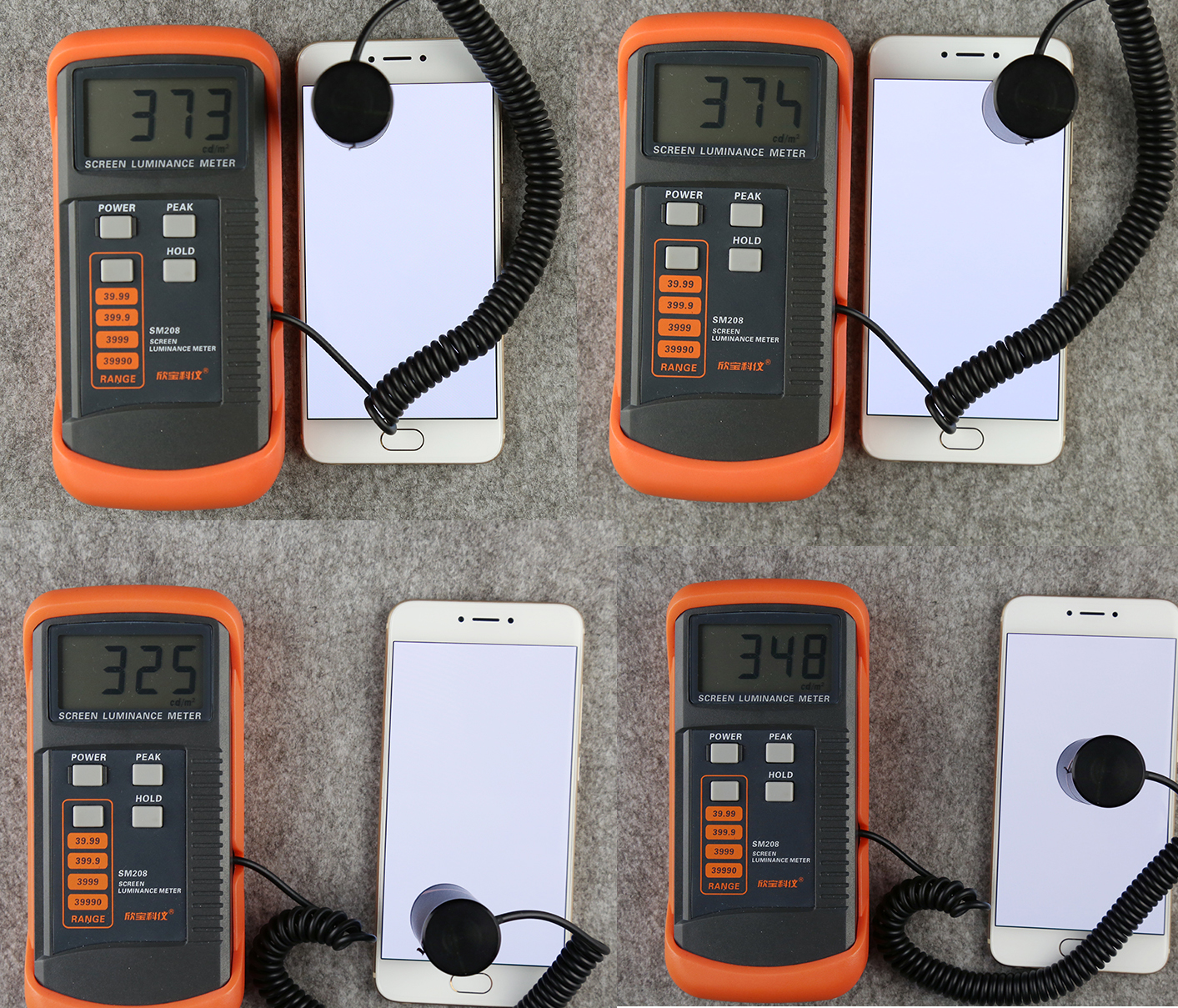
Average deltaE in PRO 6 standard mode
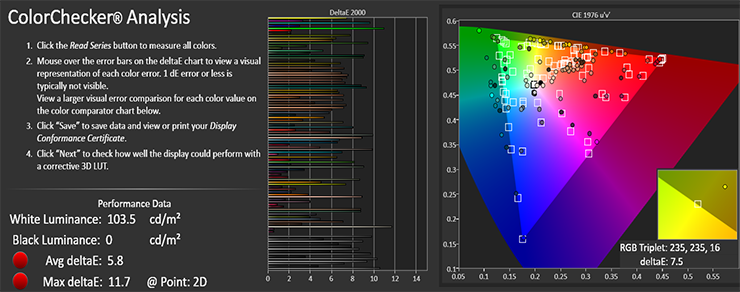
Average deltaE in PRO 6 photo mode

Average delta E in PRO 6 Adaptive Mode
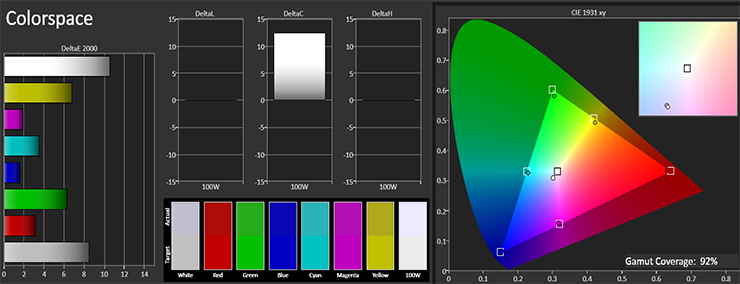
Color gamut in PRO 6 standard mode

Gray Scale in PRO 6 Standard Mode
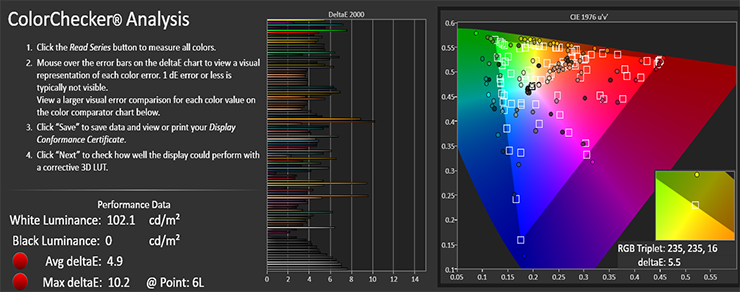
PRO 5's average deltaE
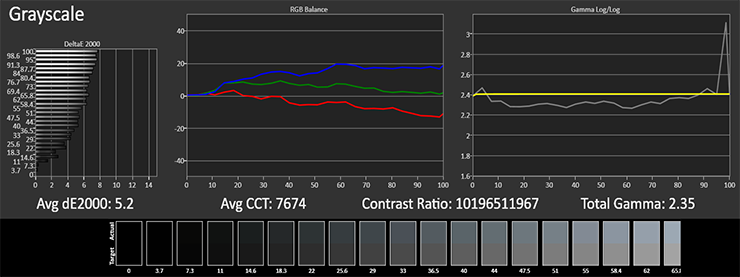
Gray scale of PRO 5
Note : The average delta E is used to measure the color reproduction ability of a screen. On our device, the average delta E of the mobile phone can be kept below 3 to be an excellent range. The average delta E of the iPhone 6s is 2.6, and the Galaxy Note 5 Only 1.8 in standard mode.
There are currently two standards for the value of a gamma curve, one being closer to 2.2 the better, and the other being closer to 2.4 the better.
The PRO 6's screen is still a 1080P AMOLED screen, and this time the Meizu has added several color modes to the PRO 6's screen. Like the Samsung Galaxy series, the PRO 6's screen supports adaptive mode, photo mode, and standard mode. Bright, these several kinds of modes, these kinds of modes are in fact corresponding to different color ranges, among them the standard mode is to reduce the color gamut of AMOLED screen to sRGB specially, can let the color reproduction of the screen be more accurate.
In the test, we compared the photo mode of the PRO 6, the standard mode, and the adaptive mode. The average delta E (average color deviation) that is the standard mode is the lowest, but the number still has 3.8, while the previous generation PRO 5 is 4.9. In standard mode, PRO 6 has a color gamut in the range of 92% sRGB (the gamut in photo mode is much higher, but its average delta E is even worse), the default color temperature is 7600K, the Gamma curve is 3.58, and PRO 5 The color gamut range is 136.7% sRGB, the color temperature is about 7600K, and the Gamma curve is 2.35. As AMOLED screens, the number of contrasts approaches infinity, we have not discussed much here.
In terms of brightness, the maximum white point brightness of PRO 6 is 325~370nits. The highest manual brightness is at the top of the screen. There is a certain difference between the brightness at the bottom of the screen and the brightness at the top, and the brightness distribution is not even. This situation and PRO 5 Similarly, PRO 5 has a brightness of 300-350 nits at the highest manual brightness, and the brightness distribution is also uneven.
In general, this screen of the Meizu PRO 6 can only be considered as an ordinary AMOLED screen. Apart from the average color deviation in the standard mode that is slightly lower than that of the PRO 5, there is no other place in the AMOLED screen. There is a big gap between the top AMOLED screen on the Galaxy Note 5.


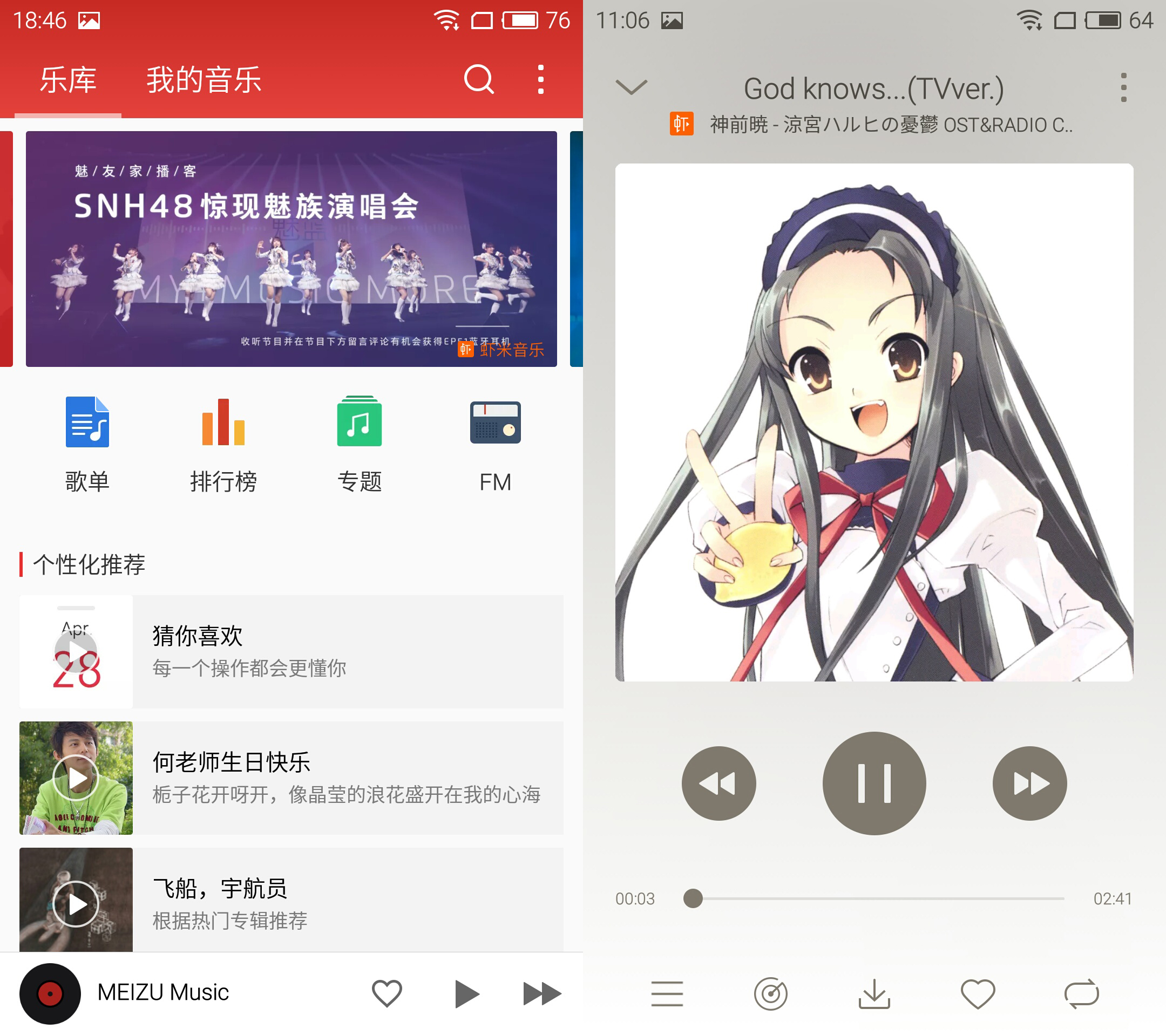
Simply speaking, under the Meizu 3D Press feature, this feature is basically meaningless at the moment, I usually use the iPhone 6s, even if the iPhone 6s has so many apps fit 3D Touch, I rarely use this Function, the first is not necessary, the second is not felt fast, and PRO 6's 3D Press will certainly not be able to keep up with the iPhone on the App's adapter, and then it is not as straightforward as the 3D Press. The App is more convenient, and the PRO 6's 3D Press feature has no tactile feedback, and the iPhone 6s has vibration feedback.
System, PRO 6 is still using Flyme 5.1 (Andorid 6.0), its built-in App and operating logic and PRO 5, etc. using the Flyme 5.1 Meizu mobile phone is basically the same, here we do not repeat too much.




Performance, as mentioned at the beginning of the article, has significantly decreased from GPU, memory, and flash memory. Mali T760MP8 vs. Maldi T880MP4, LPDDR4 vs. LPDDR 3, UFS 2.0 vs. eMMC 5.1, which is also reflected in our running tests. At a glance. However, in the CPU performance, PRO 6 MT6797T comprehensive performance is stronger than Exynos7420, due to Android's multi-core optimization, X25 can have such performance is not surprising.
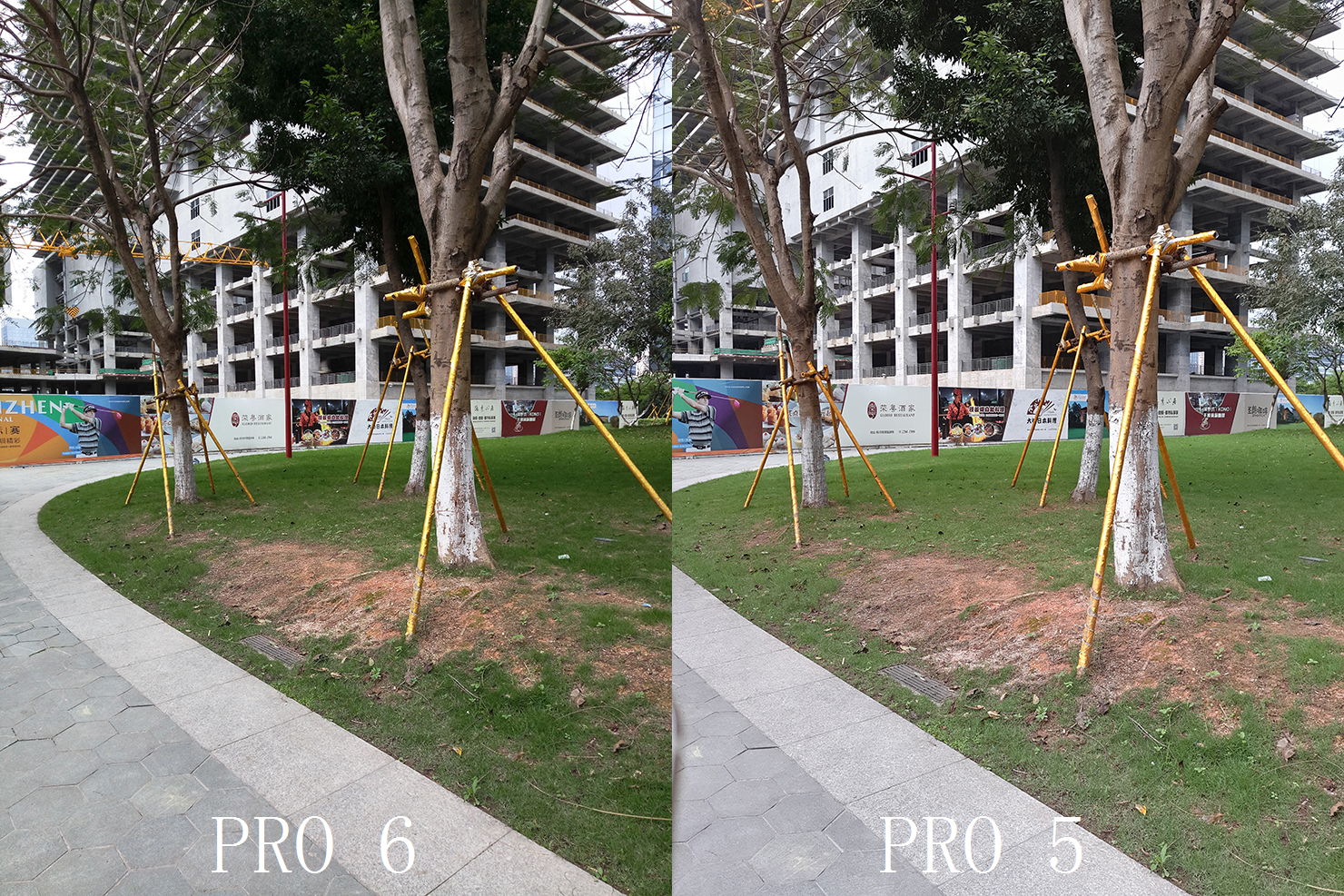
After zooming in:
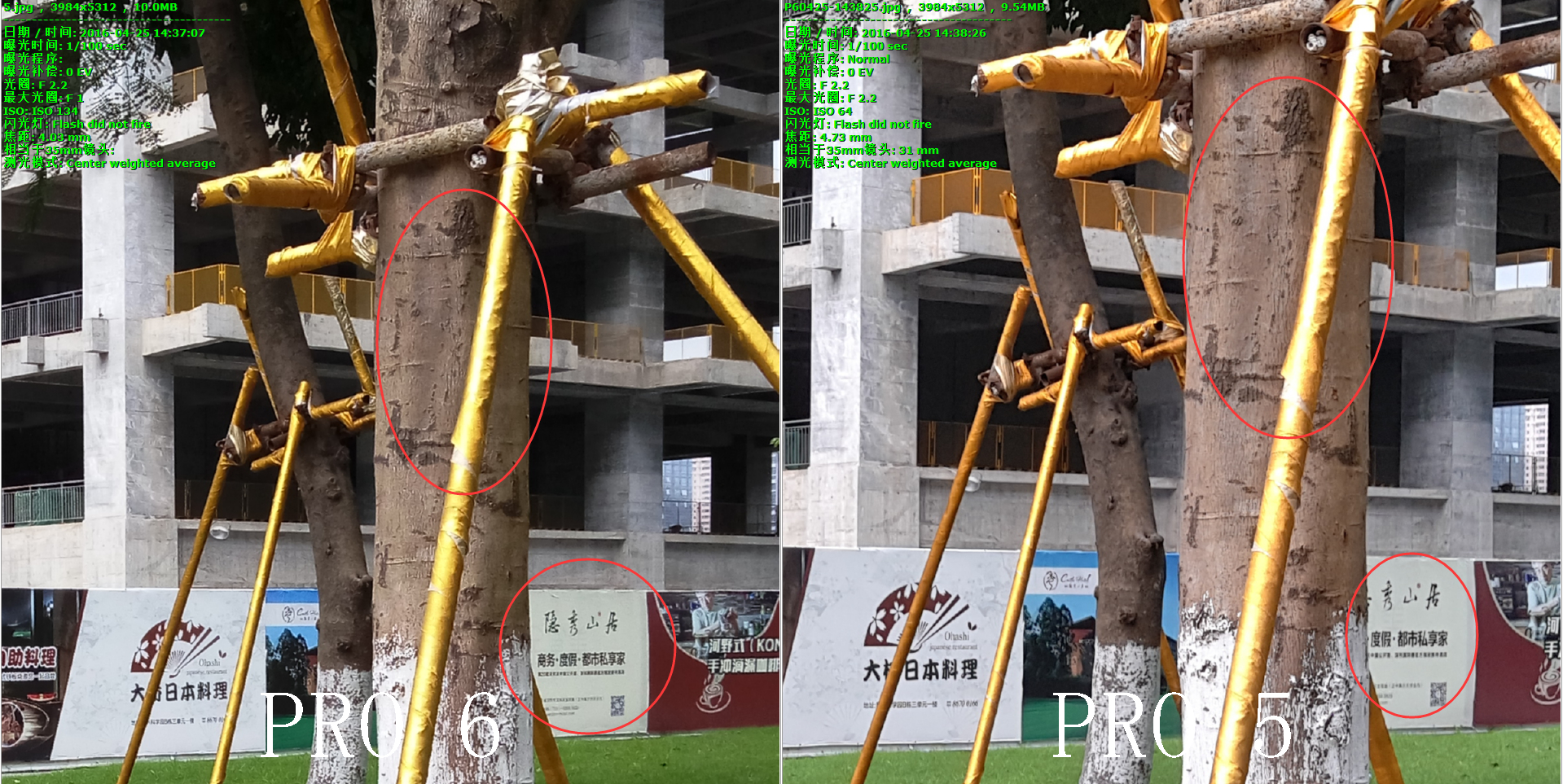
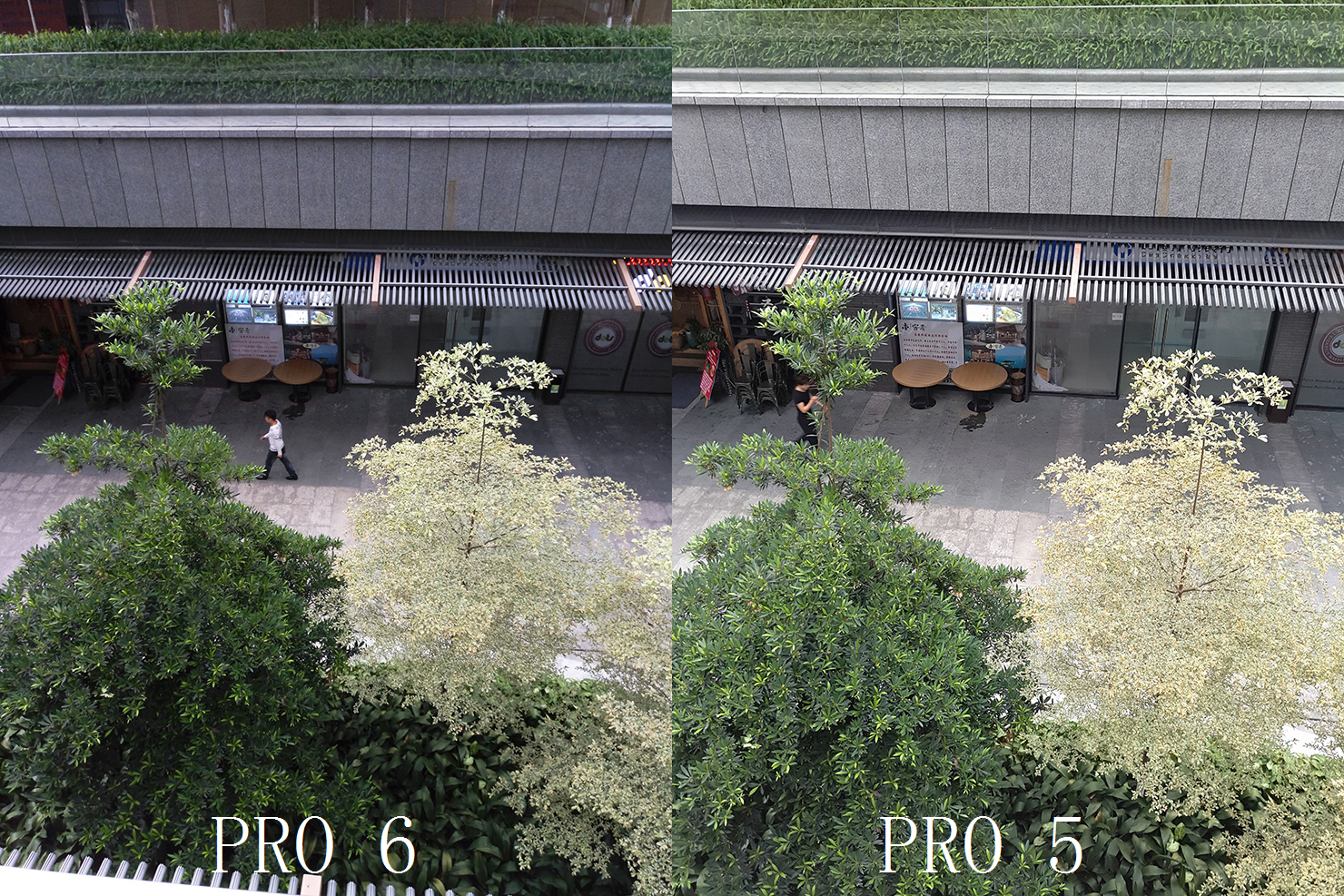
After zooming in:
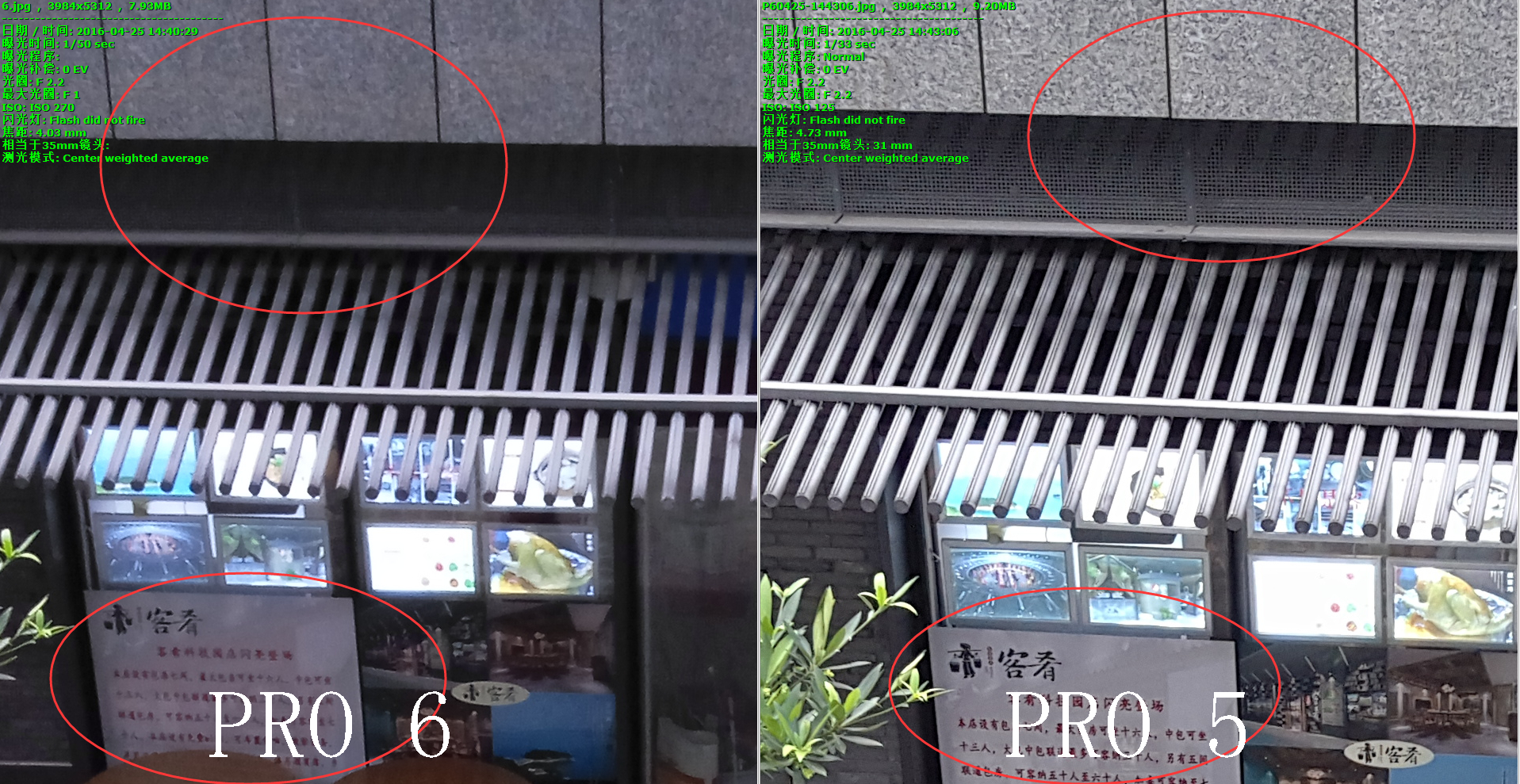
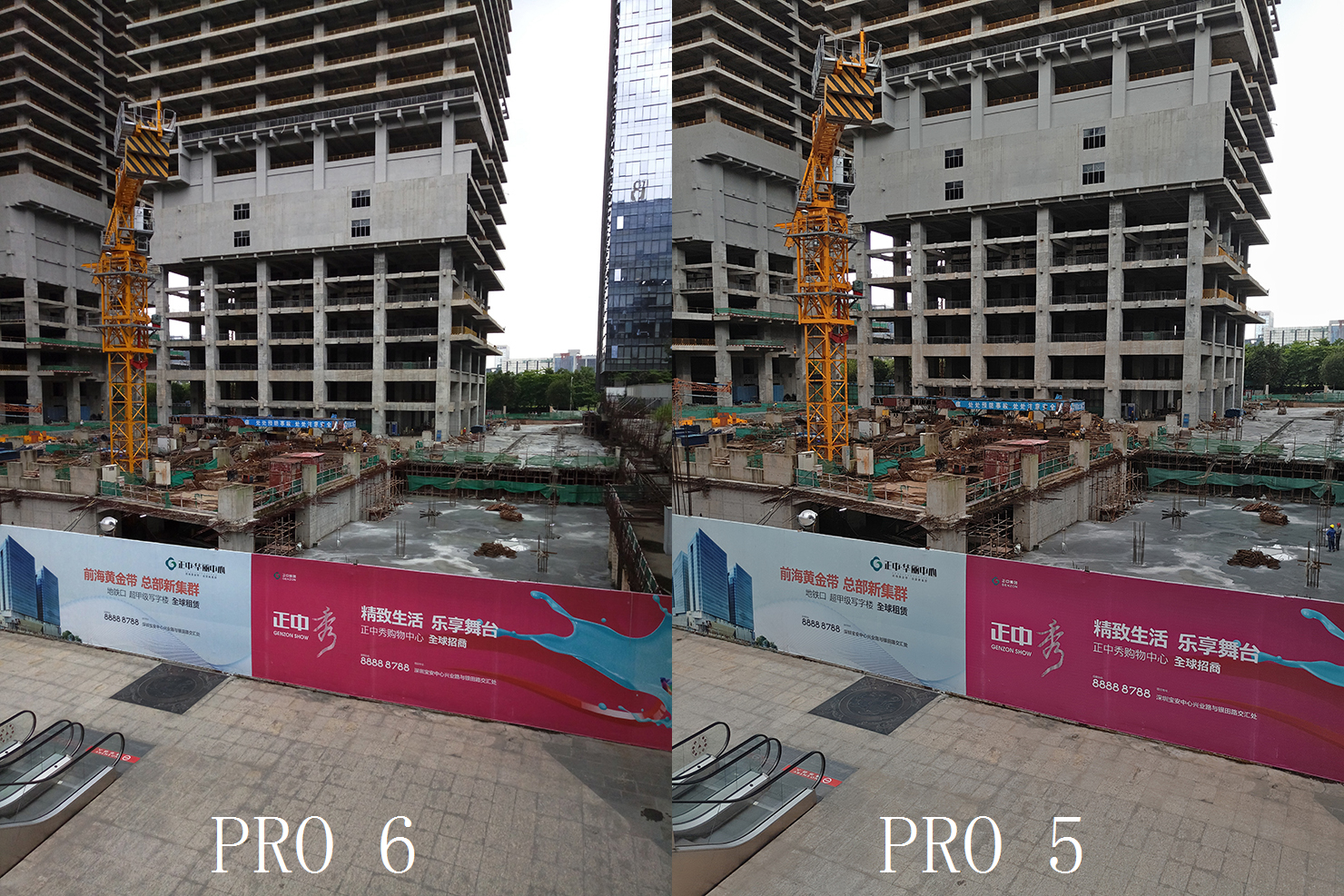
After zooming in:
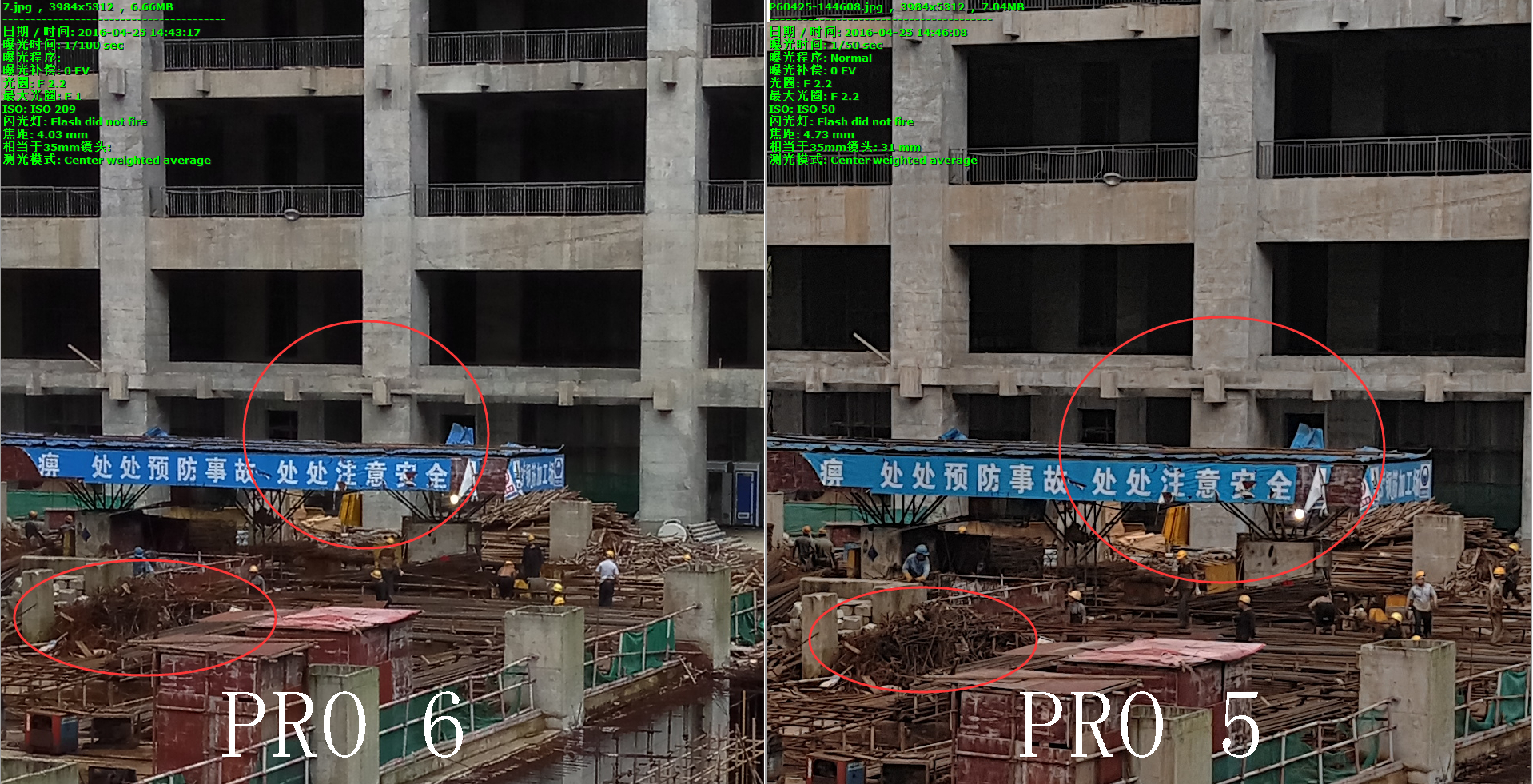
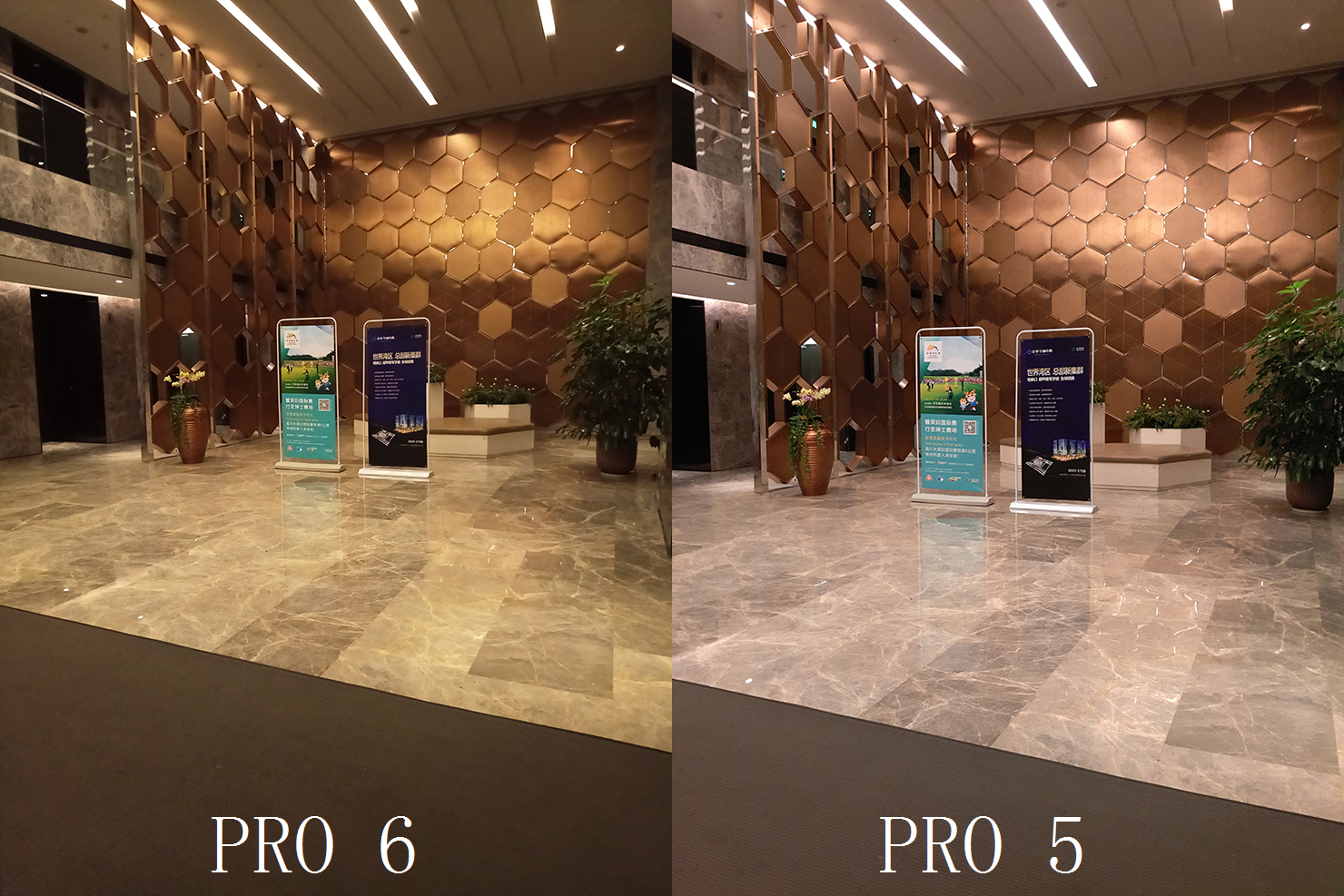
After zooming in:


After zooming in:


After zooming in:
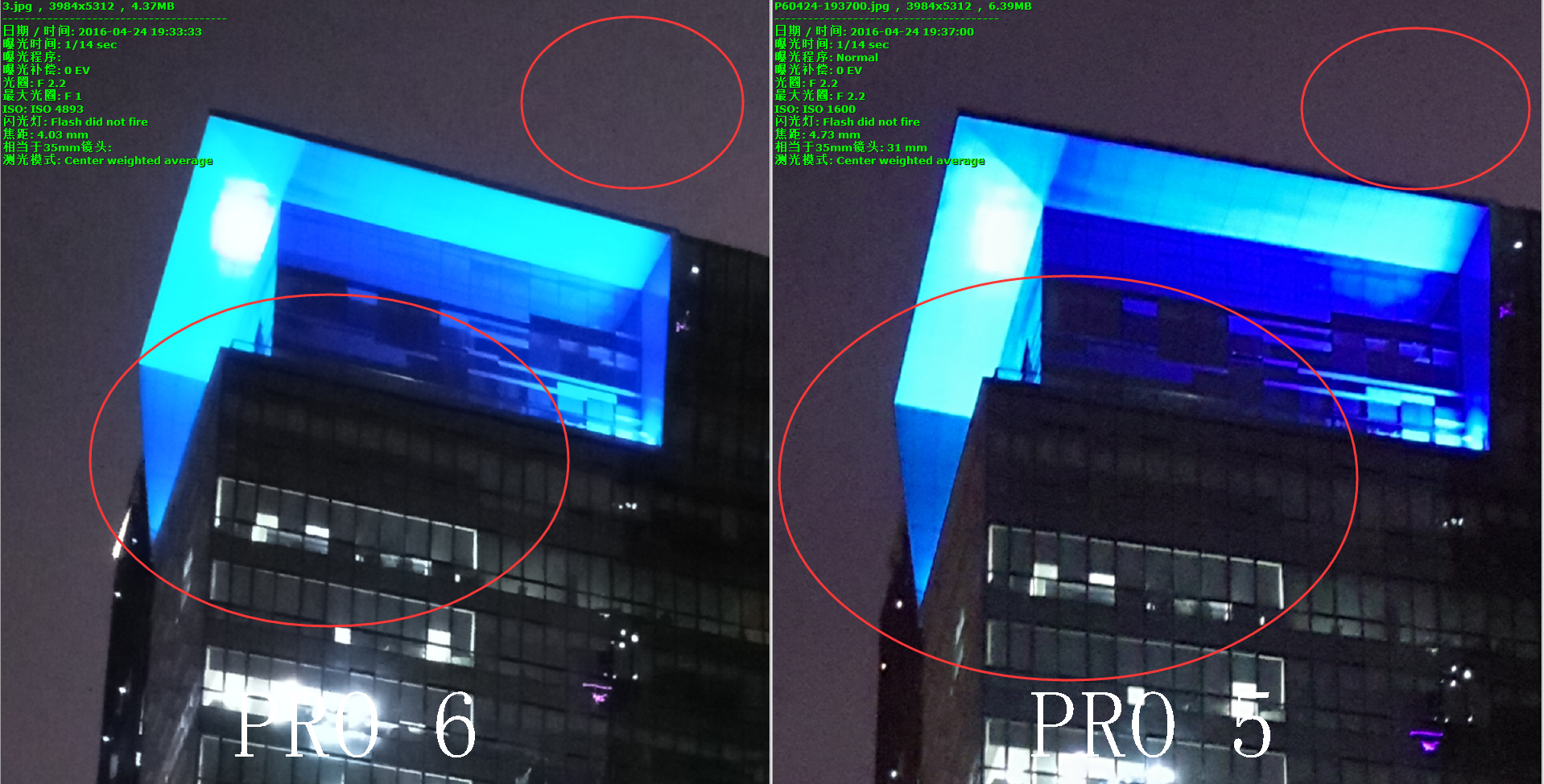

After zooming in:

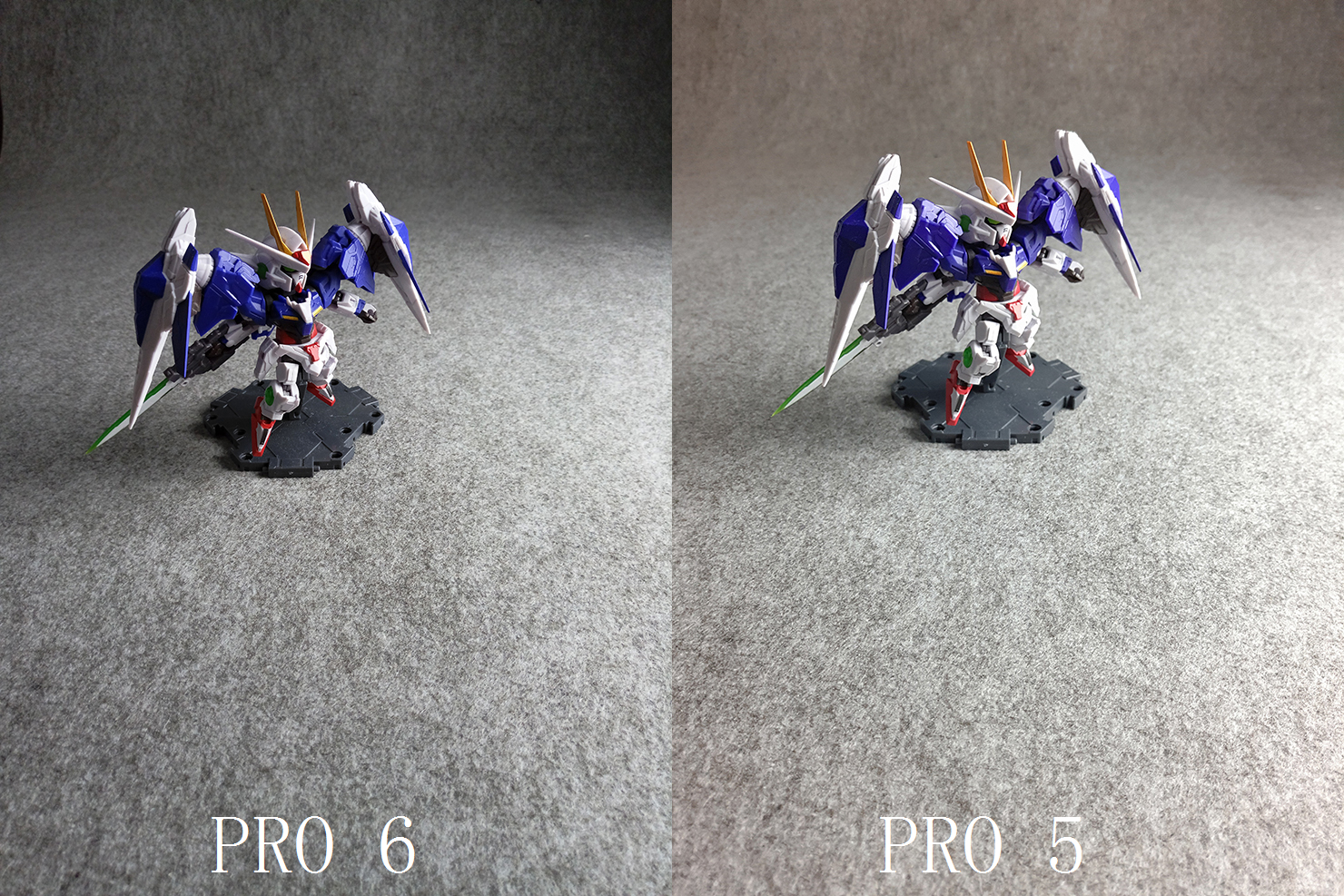
After zooming in:

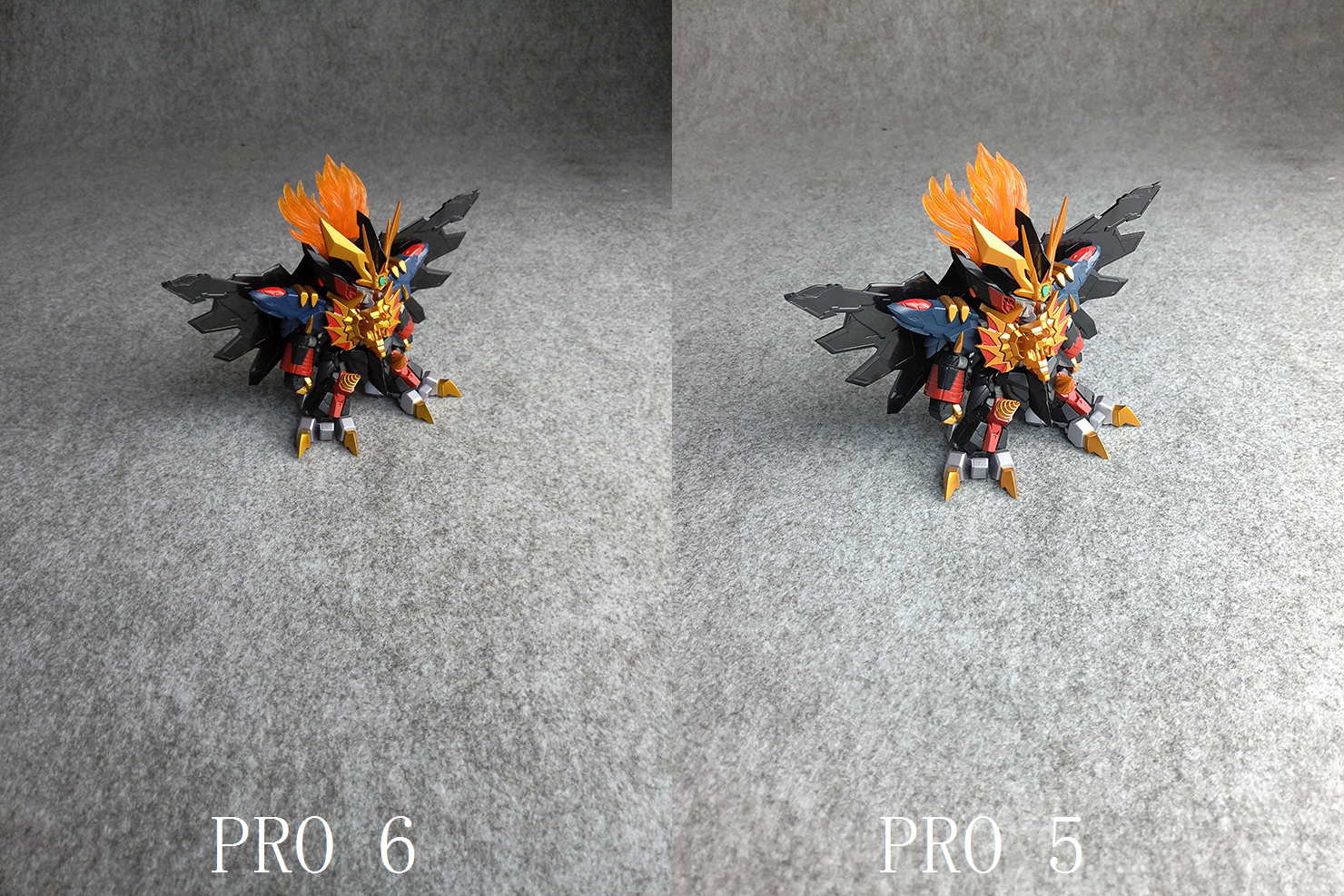
After zooming in:

Regarding the PRO 6 camera, I described it in detail in the article titled "Contrast between the Meizu and the Meizu's Flagship Photographs". The object of comparison is a total of MX4 Pro, MX5, PRO 5, and PRO 6. The conclusion is that the PRO 6 camera has indeed improved. , but it's not a win against PRO 5. The PRO 6's low light and night scenes will be slightly stronger, and during the day's performance, the PRO 5's resolving power and details will be significantly better than the PRO 6. It can only be said that the two have a victory and defeat. . However, as far as the author's personal feelings are concerned, the night-time promotion of PRO 6 is unable to make up for the disadvantage of PRO 6 in daytime photography. I personally prefer to take pictures of PRO 5.
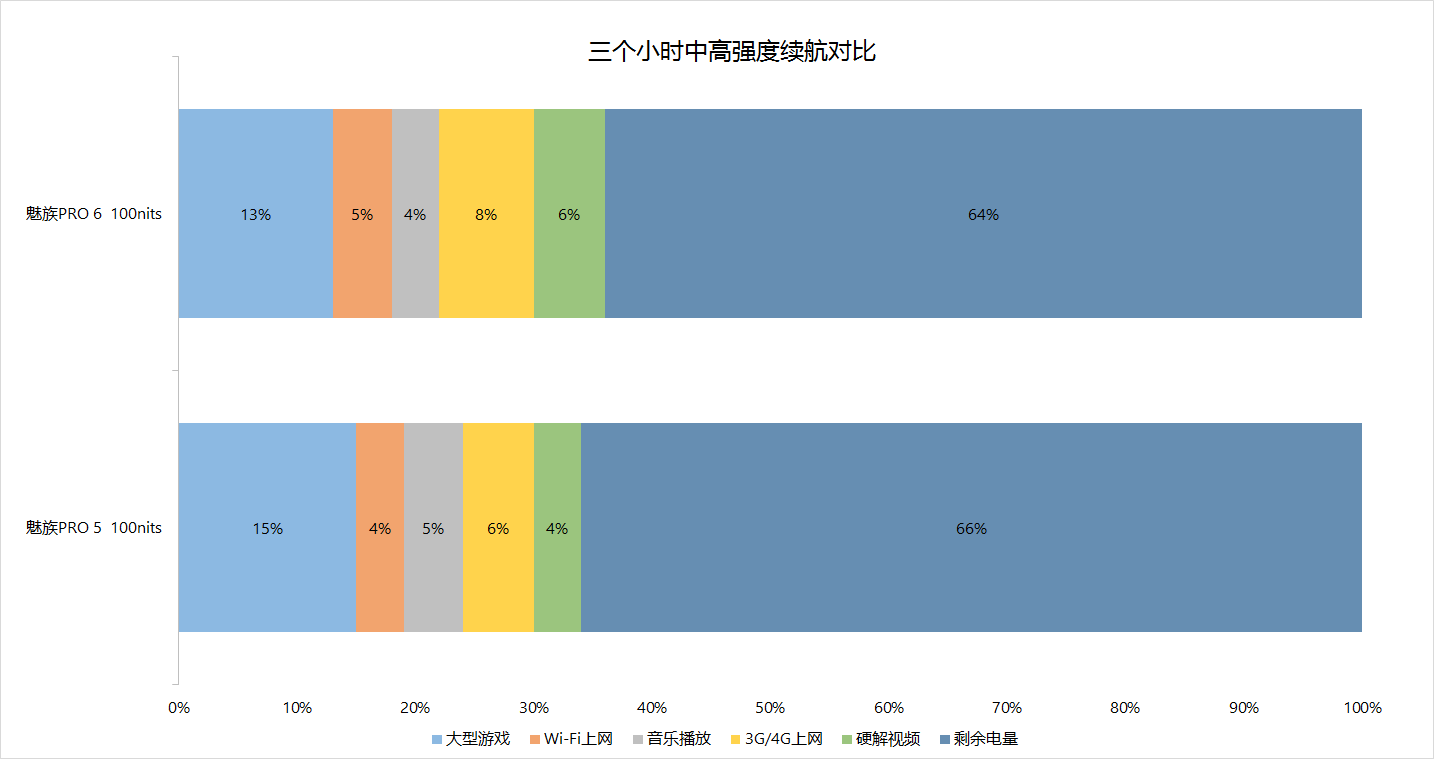


In terms of battery life, we have adjusted the screen brightness of PRO 5 and PRO 6 to 100 nits for testing in 3 hours of testing (30 minutes of games, 30 minutes of WIFI, 1 hour of music, 30 minutes of 4G Internet access, and 30 minutes of animation) There is not much difference between the two, PRO 6's remaining power is 64%, and PRO 5 is 66%.
In terms of heat generation, after running NBA 2K15 for one hour, the maximum temperature of PRO 6 is 41.2°C, and PRO 5 is 42.6°C. Although the maximum temperature of PRO 5 is higher, PRO 6 warms up quickly and is running. About 15 minutes, the temperature of the machine will quickly rise to about 41 degrees, while the PRO 5 is still 37 to 38. This phenomenon has also appeared when the two are operating and the explosion rate has risen to 40 degrees C. , but then continue to play explosion, PRO 6 temperature will not exceed 43 °C.

Here we briefly talk about the sound quality of PRO 6. PRO 6 uses Cirrus Logic's decoding amp integrated chip in hardware. Such an audio chip is described as a non-HIFI mobile phone in the industry. The so-called HIFI mobile phone on the market is equipped with an independent decoding chip ( Independent DACs) and independent op amp chips are like discrete graphics cards on a computer, and like this decoding amp integrated chip is equivalent to a computer's integrated graphics card. What's more, the previous generation of the PRO 5 used a luxury specification such as the ES9018K2M (standalone DAC) + OPA1612 (independent op amp).
With the author's VE6XC to compare the audio performance of the two phones, the low frequency, PRO 5 low frequency is more simple, powerful, strong, and PRO 6 is a bit tightened, can not let go. On the IF side, the vocal resolution of the PRO 5 is more detailed and close to the ear, and the vocal sound of the PRO 6 appears to be weaker, and the entire vocal does not stretch out. In terms of high frequencies, the PRO 5's high-frequency continuation is more regular and well controlled, while the PRO 6's high-frequency is somewhat short-lived. In the analysis of the instrument, the author uses the “God knows... †of Hirano Aya. The feeling of PRO 5 is that the details of the instrument are rich, the instrument is high in index, the positioning is clear, and the performance of PRO 6 is somewhat mixed. , It will look a bit complicated on multiple instruments. Overall, the sound quality of PRO 6 is very different from that of PRO 5.
to sum up

Although the PRO 6 is named as the next generation of the PRO 5, regardless of the configuration, the selling price, or the actual effect, the PRO 6 and the PRO 5 have a certain gap. It is more appropriate to call it "PRO 5 mini". In short, PRO. The "innerness" of 6 is indeed worse than PRO 5. This is the reality and cannot be changed. However, PRO 6 is not useless. For example, its appearance and feel are more popular than PRO 5, and in the eyes of the small screen, PRO 6 is much more significant than PRO 5, but if you are a pure pursuit of performance. , sound quality players, then the PRO 5 more than the PRO 6 more than a few hundred dollars is definitely worth the price.

 WeChat scan, call the author ~
WeChat scan, call the author ~ 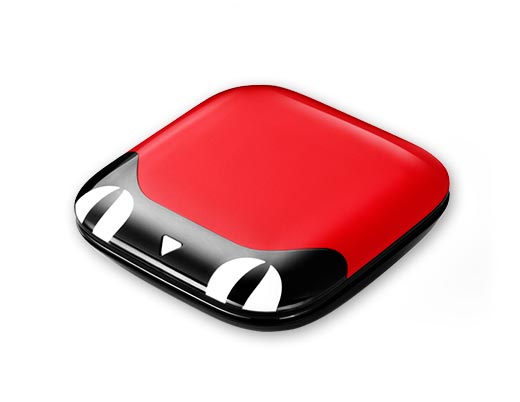
Lynx Box M13
Installation Guide>>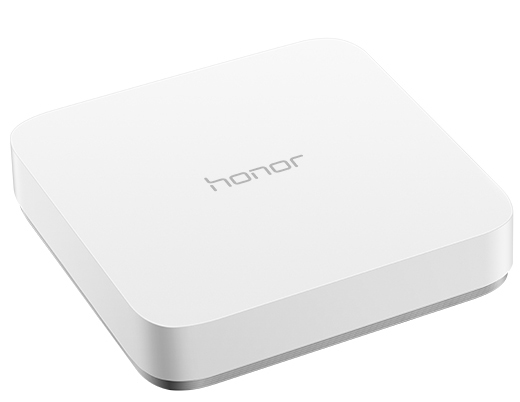
Huawei Glory Box Pro
Installation Guide>>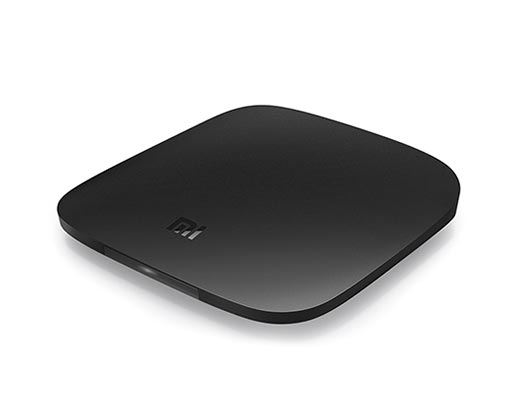
Millet box 3
Installation Guide>>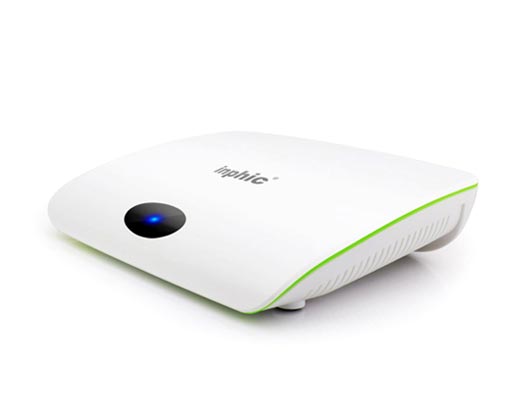
Infinik i9
Installation Guide>>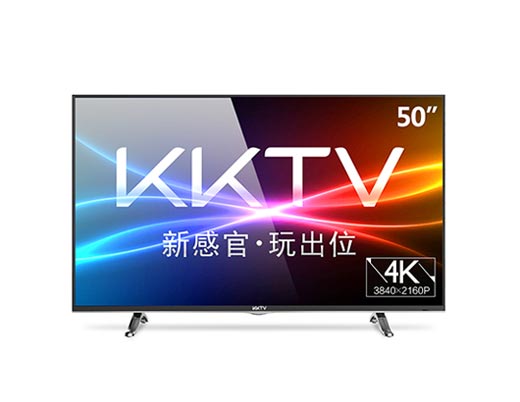
KKTV
Installation Guide>>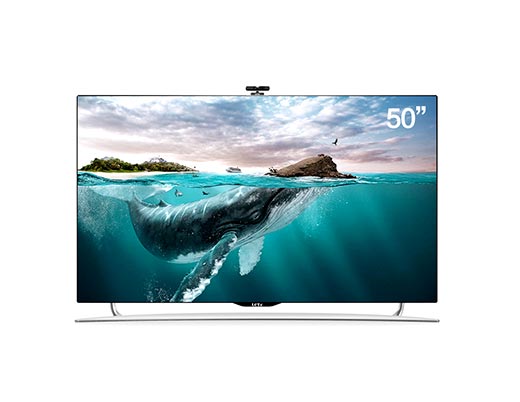
Letv TV S50 Air
Installation Guide>> My phone is my master, what APP is worth loading two: Do ​​you know these apps can be more refreshing? SioeyeIris4G Blink sports live camera evaluation VR machine Oculus Go listing, the country's summer trip out of the box one: BOSE SoundSport Pulse wireless Bluetooth sports headset out of the box do not run wrong: WeLoop Hele 3s sports watch out of the box comment
My phone is my master, what APP is worth loading two: Do ​​you know these apps can be more refreshing? SioeyeIris4G Blink sports live camera evaluation VR machine Oculus Go listing, the country's summer trip out of the box one: BOSE SoundSport Pulse wireless Bluetooth sports headset out of the box do not run wrong: WeLoop Hele 3s sports watch out of the box comment 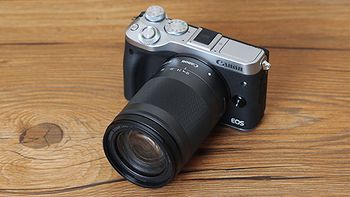 Canon EOS M6 camera start experience from entry to give up: Synology Synology DS416play NAS network storage usage report (on) TITAN X Star Wars Collector's Edition release even AMD's red are used to help you Province 200: crack ZTE ZTE B860A IPTV TV Box tutorial Black Group DSM6.1 installation tutorial (with download)
Canon EOS M6 camera start experience from entry to give up: Synology Synology DS416play NAS network storage usage report (on) TITAN X Star Wars Collector's Edition release even AMD's red are used to help you Province 200: crack ZTE ZTE B860A IPTV TV Box tutorial Black Group DSM6.1 installation tutorial (with download) Latest equipment
Smart TV TV boxSmart TV / Box Reviews
Installation guide
Find the model to find the methodapplication
Hot topics
















